-470-75.jpg)
Introduction
Update: Chromecast was the #1 selling streaming device in 2014, with more than 10 million units sold worldwide according to sales group NPD. With the arrival of video streaming services Netflix and Stan in Australia, it's an essential addition to any home theatre setup. Original Chromecast review written in August 2013.
Streaming media around your home isn't a new idea, but the rise of internet-based on-demand services like Stan, ABC iView and Foxtel's Presto means that it's becoming more and more popular as a way to watch TV.
Chromecast is an inexpensive media streaming adapter that turns any HDMI-equipped television into an app-driven smart TV when paired with a phone, tablet or computer.
The total package is Google's answer to the likes of Apple TV – devices designed to take your digital content and get it up on your big screen without fuss or fiddle.
It's a very simple setup that Google's offering: the Chromecast is a small HDMI dongle that plugs directly into your TV, and connects to your Wi-Fi network.
From there, you choose what to watch on another device and then Chromecast streams that content directly and displays it on your TV. But that means unlike the competition, it has no real interface of its own. It just sits and waits for your other devices to tell it what to stream.
On its launch in the middle of last year in the US, the Chromecast wowed with its cheap price, and it's similarly affordable in Australia: just $49 - just under half of the Apple TV's RRP. That's awesome, and you can get it for a bit cheaper too if you shop around.

On launch, the services that tied in with Chromecast were limited and very much a work in progress. But 18 months on, the list of compatible apps is decent, and continuing to grow.
In the US, the Chromecast app list is includes Netflix, YouTube, Hulu Plus, Pandora and HBO Go - most of the big hitters.
In Australia, many of the big hitting streaming apps are now available: Netflix, Presto, Stan, Quickflix, are all featured apps, as is Ezyflix.TV and ABC iView on both iOS and Android.
Then of course there's Google's YouTube app and Google Play Movies and Music.
There are a few gaps still to fill. The regular catch up TV services, like TenPlay and Yahoo!7 Plus!7 are still behind, but there's enough supported apps to make the Chromecast legitimately useful for Australians.

Things are slightly more useful on the music front, with Pandora, Deezer and Google Play Music apps supporting the service down under. There's no Spotify or Rdio yet though, which could be a dealbreaker for some users.
The key addition here would be Spotify, but there's a wide range of services that could become available. The truth is that the 'casting' method of getting video onto your TV is simply not very compatible with music.
We're sure that this will change (Google can be very persuasive…), but there are major limitations on built-in support at the moment.
Google's Chrome browser on Mac or PC lets you mirror a browser tab to your TV, meaning that you can theoretically send any of these services to your TV that way, but there are issues with this.

If you stream video via the compatible apps, the content is streamed directly from the internet to Chromecast without travelling via your phone or tablet.
But if you mirror a browser tab, you're effectively streaming video to your computer from the internet via your router, then streaming it back to your router and then streaming it out once more to your TV, resulting in heavy network traffic.
If your network is flaky, this will result in choppy performance. We tested on a variety of networks and found results were variable but a clear network should be able to handle it. Browser streaming options are Extreme (720 high bitrate), High (720p) and Standard (480p).
Using Chromecast, though, it's clear that it's designed for use with portable devices in mind. You won't find a Chromecast remote in the box or a main menu tying all of the apps together like on an Apple TV or Roku 3.
Chromecast rivals
All streams originate from a special "Cast" button that's built into each compatible mobile app - your device is the remote.
Currently, Windows Phone 8 users, who don't have many options among app-filled streaming technology, are totally out in the cold for Chromecast support, with only third party YouTube app TubeCast being compatible. So Chromecast is only really suited to those with Android and iOS devices.
Despite these limitations from the big names, Chromecast has extra potential to it thanks to developers getting creative with the Google Cast SDK.
Apps like AllCast enable Android - and, starting in January, Apple iOS - users to display video and photos through the Chromecast, for example. Which is useful since Google somehow neglected to add this feature to Android.
The Plex app will happily stream to Chromecast, which is perhaps the best way to get your library of downloaded videos up on the big screen. Photo Caster is a free app that enables iOS users to put their photos on-screen similarly.
Media Browser is an app for iOS and Android that streams media content stored on any computer in the house, giving the Chromecast home theater PC (HTPC) granting capabilities. You can even stream Podcasts from a few apps.
The way Apple integrated its AirPlay streaming solution deep into iOS means that it inevitably has better support when combining an iOS device with an Apple TV, but as long as developers continue to use the Cast SDK, we will inevitably see almost as widespread support for cross-platform solutions - iOS, Android and Chromecast all working together seamlessly.
Roku has its Roku SDK, but it's easier for many developers to make their apps compatible with the Android-based Chromecast. It requires a little bit of retooling rather than learning an entirely new ecosystem, as is the case with the Roku.
Between its universal nature, rock-bottom price and ease of setup, Chromecast is massively tempting as a little TV add-on.
Design and interface
Chromecast is so small it could easily be mistaken for an oversized USB thumb drive with a little more heft to it.
That contrasts with Apple TV or Roku, which sit as separate boxes, and often have extra outputs, such as for audio. Nice if you want them, but not necessary for most people. Chromecast just is one big HDMI plug, with the exception of its power cable.
It's a simple black unit, likely to blend into the colour of most TVs (though if it ends up sticking out of the side noticeable, it'll be somewhat more intrusive).
If your TV is wall-mounted, Chromecast could be really awkward to implement depending on your TV's HDMI port positions. It might also not fit into the space for HDMI ports in some setups, so Google has included a short HDMI extender cable.

It gets around immediate problems, but be aware that at 72 x 35 x 12 mm, Chromecast might be an awkward fit.
Powering Chromecast can be a little more complicated depending on the age of your television, because it can't run on the power from the HDMI port alone.

On the rear of the unit is a micro-USB port, and Google has included a five-foot micro-USB-to-USB cable in the Chromecast box along with a power adapter that plugs into the mains.
Ideally, you wouldn't use the latter of these - if your TV has a USB port on it, as many Smart TVs do, you can use that as the power source.
Otherwise, you'll have to plug in, and it's possible you'll find that five feet isn't enough. Again, it's not a big problem, but it's worth being aware of.
Once it's plugged in and ready, Chromecast's software setup is not complicated at all - in fact, it's barely existent.

It's a matter of visiting Google's Chromecast "getting started" website on a laptop, tablet or smartphone, downloading and installing some software, and connecting the device to your home WiFi network.
Google has provided apps for each platform that take care of this for you, with the Android version especially good – it does almost everything for you.

On iOS, for example, you need to switch to a Wi-Fi network created by the Chromecast so that you can then tell it how to join your main Wi-Fi network – it's easy enough, but requires a bit of annoying back-and-forth to the settings.
On Android, it's all handled for you invisibly – you don't need to manually change Wi-Fi at all. It's impressive.

Once you've set up, Chromecast is basically ready to go. It's always on, so when you want to use it, just switch the HDMI input you've got it on and fire media at it. When there's nothing playing, you generally just get a screensaver, showing pretty photography.
Content and performance
Chromecast finally gives Android owners an official media-relay option that broadcasts content from their smartphones and tablets to a TV in similar way to Apple's AirPlay technology. That it works across Android, iOS, PC and Mac is even better.
There's a "Cast" button that's usually built into the top right of all of the compatible mobile apps - it looks like a rectangle with broadcasting bars (like a Wi-Fi symbol) in the corner.

It's easy to recognise, despite Android being full of similar rectangles these days (and Apple's AirPlay symbol being somewhat similar).
Tap the "Cast" button and you'll be offered a list of Chromecast devices on your network, so just choose which one and you'll see the screen spring into life, loading the video or audio content you selected.
The app then becomes a remote, basically, enabling you to control the screen. Some apps even give you a custom screen on the device, ditching playing the video there as well in favour of big buttons for controlling playback easily.

Video quality is great from most online sources - YouTube in HD looks as good as you'd hope. We did encounter some freezing issues towards the end of a video, but pausing and restarting got us back in action.

Most of the time, when you send video over to the Chromecast, it picks up quickly. Generally, once you've started playing a video, you can exit the app and start doing other things - and this applies both to mobile and desktop.
This means Chromecast can act as a second screen in a couple of cases, particularly when used with desktops, letting you browse the internet or do something else on the computer while a tab with your Gmail, Twitter feed or a video is running in a "casted" background on the big screen.

However, it's not suitable as a second screen option for work; it's just a mirror of something you've already got open, so if you want to interact with it, it needs to be done on your main computers screen. There's also noticeable two-second lag between the computer and the TV.
That's a similar amount of consistent lag experienced when using Apple AirPlay mirroring on a Mac computer, but it is at least consistent - it doesn't suddenly hang or get choppy, for the most part.
But here's where AirPlay mirroring from a Mac shows up Chromecast's limitations: the browser extension is just that - browser-based.

Showing off a photo you retouched in Photoshop, a document you want a group to proofread in Word, or any program outside of the Chrome browser tab you're casting requires diving deeper into an options menu for a hidden command that's deemed "experimental" by Google.
It's buggy and slower than Apple TV's full computer mirroring. Chromecast is not meant for mirroring system-wide applications - at least not yet.
App limitations
The Chromecast tab extension is also limited to Chrome at the moment and may never work outside of the Google-owned browser. That means FireFox, Internet Explorer, Safari and Opera users are out of luck if they had hoped to "Cast" using their favorite browser.
While Google has opened up the Chromecast API for building applications, it's still forcing everyone to use Chrome for tab casting from a computer.

Chromecast also doesn't require an entire Apple TV device to sit in your entertainment console or force you to wire up with a lengthy power, HDMI and optional Ethernet cable.
Its plug-and-play nature means that it can be transported much more easily and fit into a backpack to carry to a school presentation or business meeting (we used Apple's iCloud version of Keynote to show a presentation from a Chrome tab), hotel room, or friend's TV. That flexibility may be worth its inexpensive price alone.
There is one potential of inflexibility, though. The total lack of built-in apps or direct method of control (such as a dedicated remote) means that if your device runs out of battery or is in another room, you can't play anything.
We had a few little niggles, such as a photo-casting app that forgot the Chromecast after each use and had to hard quit and restarted.
Most of these are probably up to developers to fix, though, and as things mature, we expect they'll improve.
Verdict
Google's take on an AirPlay like universal streaming service is hugely impressive, not just for its price, but because it works well, on many platforms.
It's possibly the perfect companion device to an older TV with no smart features, and it's certainly the cheapest way to get a service like Stan or Netflix up and running in your living room if you can't plug in any other compatible devices.
We hope that developers will also be able to work in some other interesting Chromecast options for the future, provided the technology allows it - something equivalent to the big-screen gaming that AirPlay enables for Apple users would be great to have cross-platform, for example.
That said, this option is now being covered in Google's recently released Nexus Player, so don't expect Google Chromecast to get gaming features any time soon.
We liked
Chromecast is brilliantly easy to set up, gave us little hassle after the first few minutes, and then worked really well.
You quickly become accustomed to the idea of just reaching for your phone and beaming something over to it - just like the future should be.
The streaming quality is generally very good, and it's quite reliable, especially for a product that's still fairly early in its life. It's also impressive that it works so well on all platforms.
At $49, we definitely like the price. It's well into impulse-buy territory, and we do think it's worth picking one up just for its potential, even if you already have a way to stream the services it currently works with.
We disliked
The lack of apps was the simple, major problem when Chromecast originally launched. It was fairly well-supported in the US, but elsewhere it needed fleshing out... and it has been.
The only thing you might dislike about Chromecast is its reliance on the phone in your pocket or the tablet on your coffee table. But for anyone who keeps those things with them, it's not a problem and in fact for many it's a more convenient way of arranging things.
There are a few other things we'd like to see, such as a bit more polish to improve things further – faster loading of videos in some apps, broader support in basic Android apps, stronger streaming from desktops, for example.
Verdict
Chromecast is an inexpensive, easy-to-use way of accessing streaming on your TV. Many of the major video streaming apps are now compatible and you soon find yourself using it on a daily basis.
If it cost more, we'd say it might be worth looking at the Apple TV or the Nexus Player, but at this price how can you possibly argue? Chromecast is fun enough, robust enough and has enough potential that thoroughly recommend it to anyone without a smart TV.







 SSD-6000M to begin shipping in July
SSD-6000M to begin shipping in July


 The Mission
The Mission









_575px.jpg)



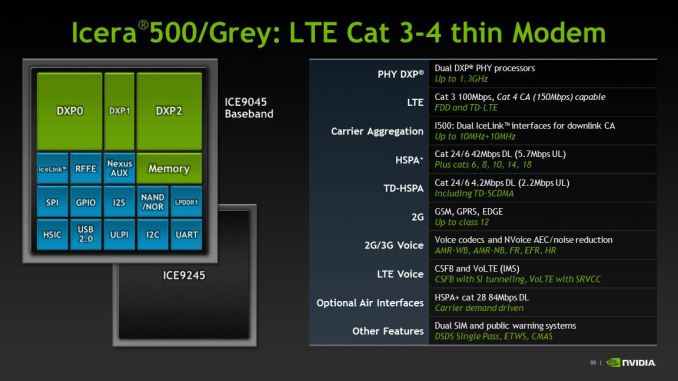
-470-75.jpg)














 Follow these steps to avoid having licensed music removed from your YouTube videos
Follow these steps to avoid having licensed music removed from your YouTube videos




 New capacities and a new contest
New capacities and a new contest Will come pre-installed with Android and Kodi home-theater software
Will come pre-installed with Android and Kodi home-theater software










 A real desktop for virtual gaming
A real desktop for virtual gaming Broadwell kicks off Zotac's M-Series
Broadwell kicks off Zotac's M-Series
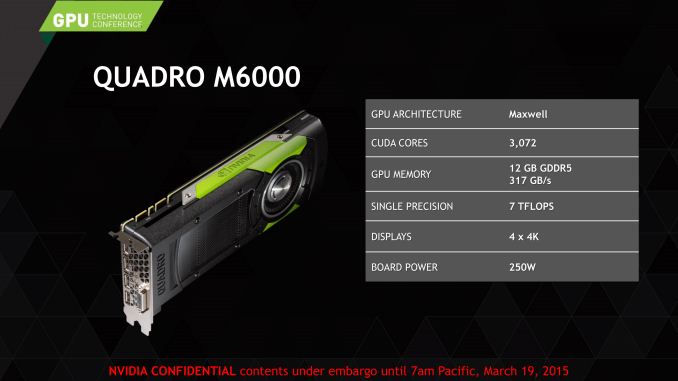
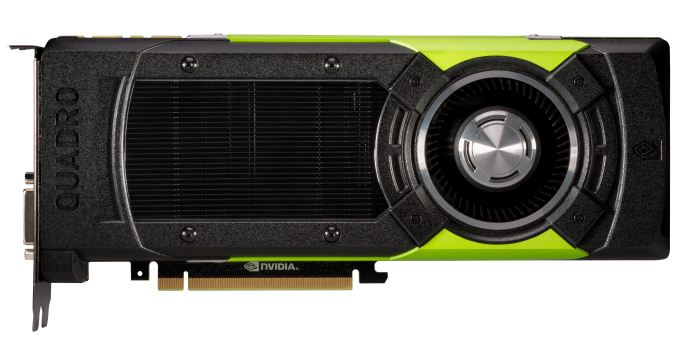
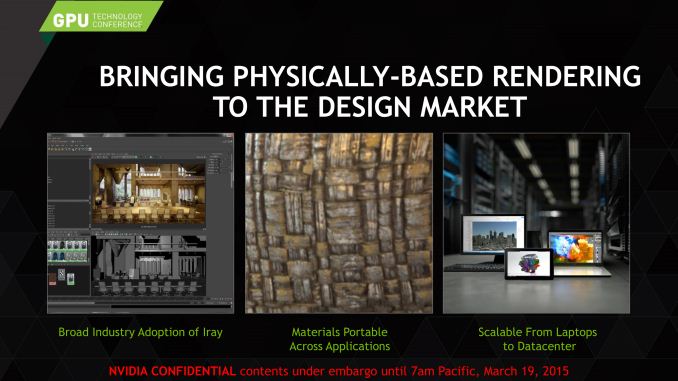


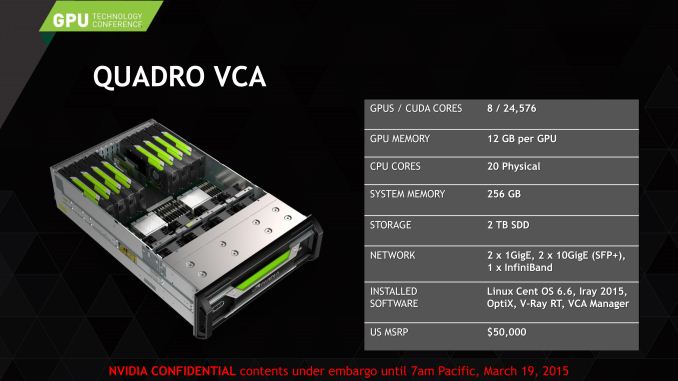





 Free app puts your Android device to work crunching data when it would otherwise be idle
Free app puts your Android device to work crunching data when it would otherwise be idle
 This SSD can give your data whiplash
This SSD can give your data whiplash